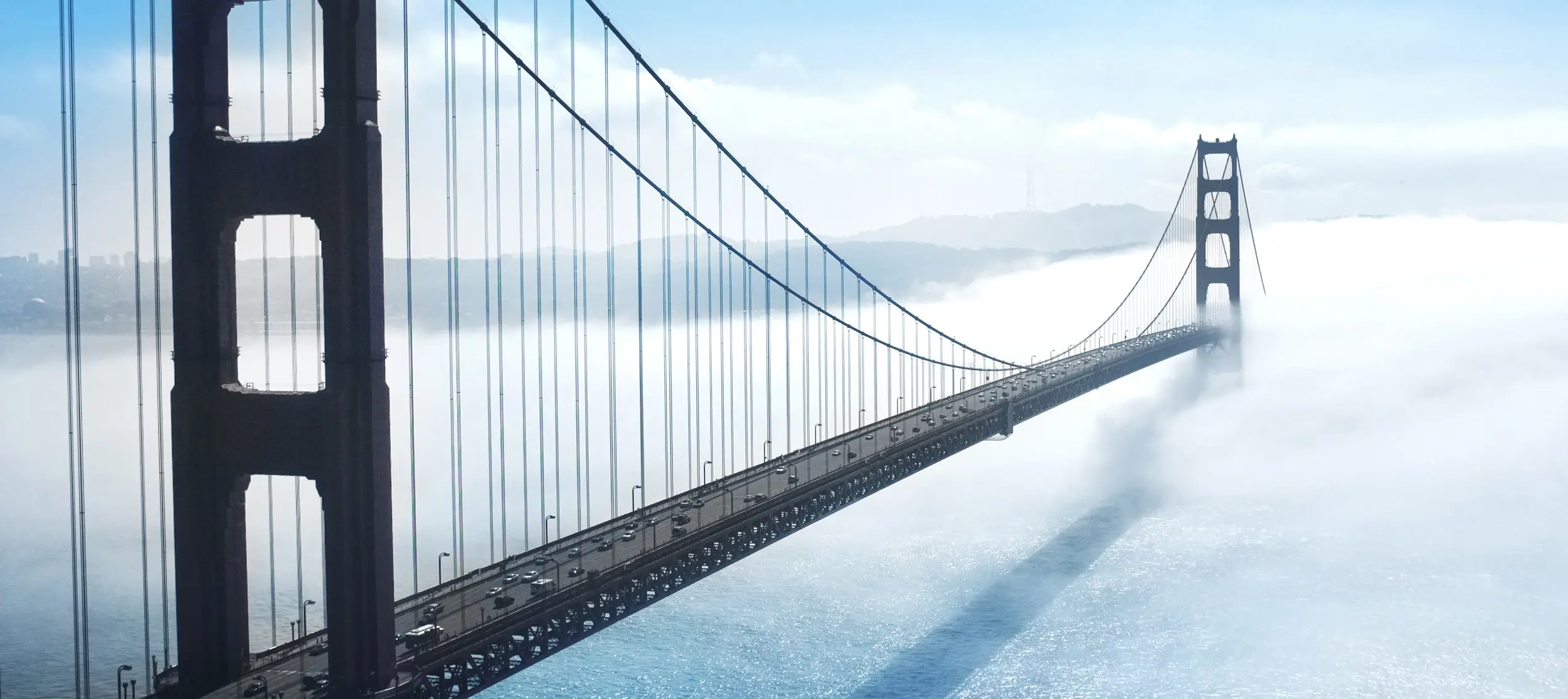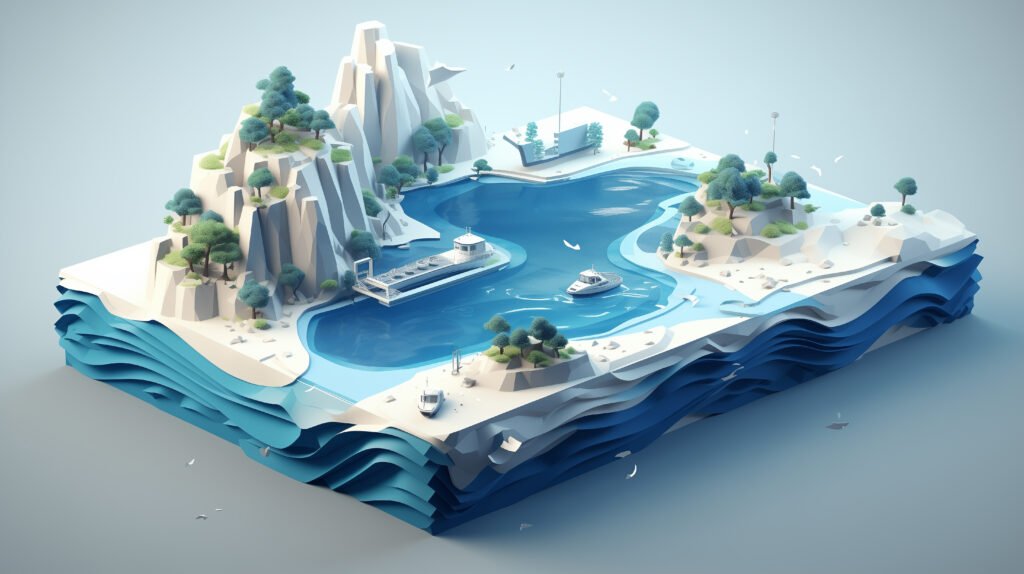Introduction
Drawing of technological Floating islands have long amazed and fascinated people because they mix the real and the imaginary. These floating sceneries are considerably more interesting when you include modern technology as the main subject. This site talks about the art of making digital floating islands and gives artists ideas, advice, and strategies for bringing these creative realms to life.
The Appeal of Technological Floating Islands in Art
Floating islands are a prominent theme in fantasy and science fiction. They make people think of magic and fresh ideas. They become ecosystems of the future where science and art meet when they are merged with technology. Artists appreciate these islands because they enable them be creative by combining intricate tech inventions with nature.
Getting Inspired: Imagining Your Floating Island
Think about the environment and tale your floating island will tell before you start drawing it out with a pencil or stylus. Will it be a city of the future that runs on clean energy? Or maybe a tech-filled relic that has been left behind in the sky? Movies, games, and even buildings in the real world might give you ideas. Make some rough sketches of your ideas to help you see them more clearly.
Crafting a Futuristic Design for the Island
When designing technical floating islands, people usually use a combination of natural and man-made parts. You could want to include futuristic structures, glowing energy cores, hovering drones, or sophisticated farming systems to your painting. This difference between technology and nature gives the picture depth and interest.
Choosing the Right Tools for Digital Illustration
Digital artists need the correct tools to create beautiful floating islands. Adobe Photoshop, Procreate, and Clip Studio Paint are some of the most popular tools that come with a variety of brushes and effects that are great for drawing both the rough textures of landscapes and the smooth surfaces of high-tech gadgets.
Creating Depth and Dimension in Your Floating Islands
Your floating island requires depth and dimension to properly come to life. You should start by understanding perspective, which includes learning how to stack things in the background, middle ground, and front. Add stuff like ambient fog or light gradients to make folks feel like they’re in your world.
Adding Tech Elements to Your Design
The “tech art” part of sketching floating islands is in the little things. Add things like solar panels, antennas, tech hubs, or power nodes to the mix. These parts give your sculpture a futuristic feel and turn it from a basic floating rock into a technological wonder.
Using Light and Color to Create Atmosphere
The lighting in your artwork is highly significant for the atmosphere. Use bright, soft, and glowing hues to make everything seem like a paradise. Use darker colors and strong contrasts to make an island seem like a dystopia. The colors and lights you pick help convey the story of the technology that makes your floating island feasible.
Balancing Nature and Technology
One of the most remarkable aspects about contemporary floating islands is how they mix natural and man-made buildings. Add gorgeous vegetation, waterfalls, or animals to the tech-heavy areas to make them more balanced. This mix creates a design that is both beautiful and works well together.
Sharing Your Floating Island Creations
When you’re done with your job, let everyone see it! You may show off your work on ArtStation, Instagram, and Behance. Joining online communities for digital illustration could also help you become better by offering you helpful feedback.
Conclusion
Using technology to create floating islands is a terrific method to show off your storytelling and creative talents. You may construct interesting and new worlds that people will love by mixing technological elements with natural beauty. You may be able to develop your skills even more by using digital tools and joining art organizations. This will help you master your craft and stretch your creative bounds. To make great floating islands, you need to plan ahead, pay attention to the details, and enjoy exploring. These floating sceneries may be used in a lot of creative and new ways, whether you’re working on a personal project or a company. Now is the moment to make your ideas true!







Leave a Reply